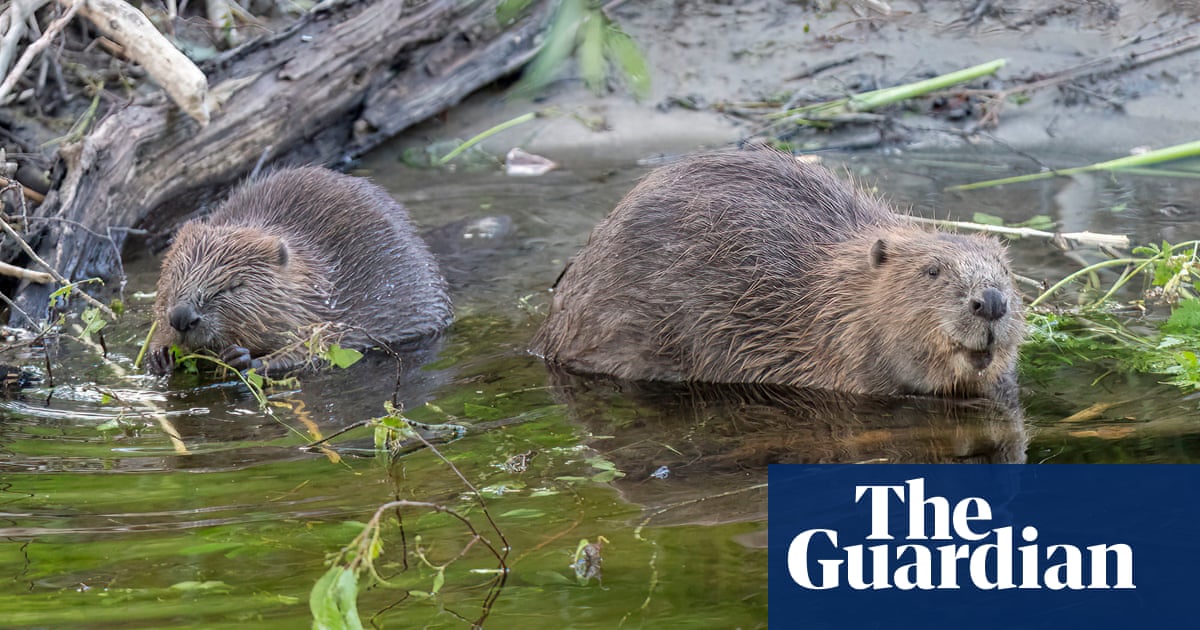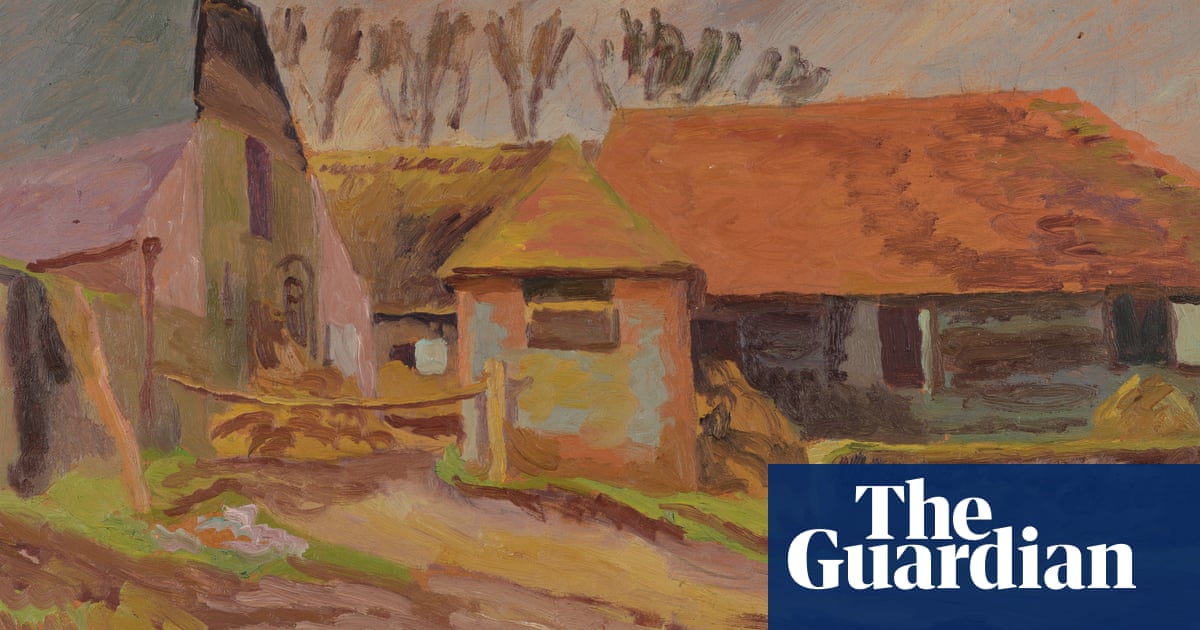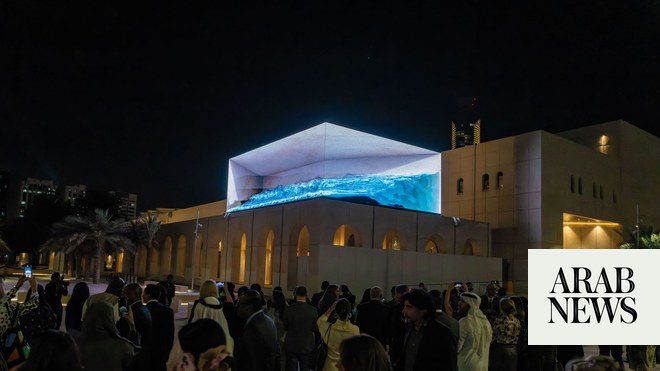
White storks could soon be wheeling in the skies above London and building their huge nests among towers, flats and spires as a result of new rewilding plans.
After the success of the charismatic birds’ successful reintroduction into southern England since 2016, a white stork working group has been established to seek out habitat and gauge the political will to reintroduce the birds to Greater London.
Citizen Zoo, a group specialising in community-led urban rewilding that helped establish the Ealing beaver project, which has just produced its first beaver kits, will examine places where the birds could be returned and engage with London boroughs and local community groups.
“We know we have habitat here, and there’s a lot of wetland restoration occurring across Greater London as well so hopefully the habitat opportunities are increasing over time,” said Elliot Newton, co-founder of Citizen Zoo. “We don’t know if it’s possible yet but how amazing would it be if white storks nested in St James’s Park, beside Buckingham Palace, as a symbol of ecological recovery in the capital?”
In 2020, storks bred in the wild in Britain for the first time since a pair was recorded nesting on the roof of St Giles’ cathedral in Edinburgh in 1416.
There have been 40 sightings of white storks visiting parts of the capital in recent years, and although the birds seek out insect-rich farmland and wetlands some nest on the fringes of large European cities including Munich and Lisbon.
In London, storks have been spotted at Beddington Farmlands nature reserve near Croydon and around Wandsworth Common.
White storks fly long distances as they migrate through Europe and more have been seen across southern and central Britain this summer. The increase in sightings in recent years is due to the success of the White Stork Project centred on the Knepp estate in West Sussex, 45 miles south of central London.
At Knepp, a flightless population of 30 birds brought over from a rescue centre in Poland has been used as a “magnet” to draw in wild storks flying overhead, and the birds have mixed and built nests in ancient oaks.
Last year saw the best-ever year for the storks, with 26 chicks fledging from 11 nests across the 3,500-acre estate. The British-born birds have dispersed widely along the south coast and into Europe, with one found breeding in the Netherlands.
The White Stork Project aims to establish a wider breeding population across Britain, and both it and Citizen Zoo see the birds, which are celebrated in many European cultures as symbols of good luck and fertility, as a way to reconnect urban people with wild species.
“White storks breed excitement,” said Newton. “We’re hoping to engage and motivate people to consider their reintroduction into London. It’s such a beautiful bird that people will recognise and see, and it can capture the imagination of people who might miss other species. It will be a symbol of ecological regeneration in urban spaces across the UK.”
Lucas Ruzo, chief executive of Citizen Zoo, said: “Their return will not only be about returning a species once lost, but also a poetic reminder of the bond between humanity and the natural world.”
Citizen Zoo has successfully led the reintroduction of the large marsh grasshopper into wetlands across East Anglia by encouraging hundreds of ordinary people to rear the insects in their houses for release into the wild.












